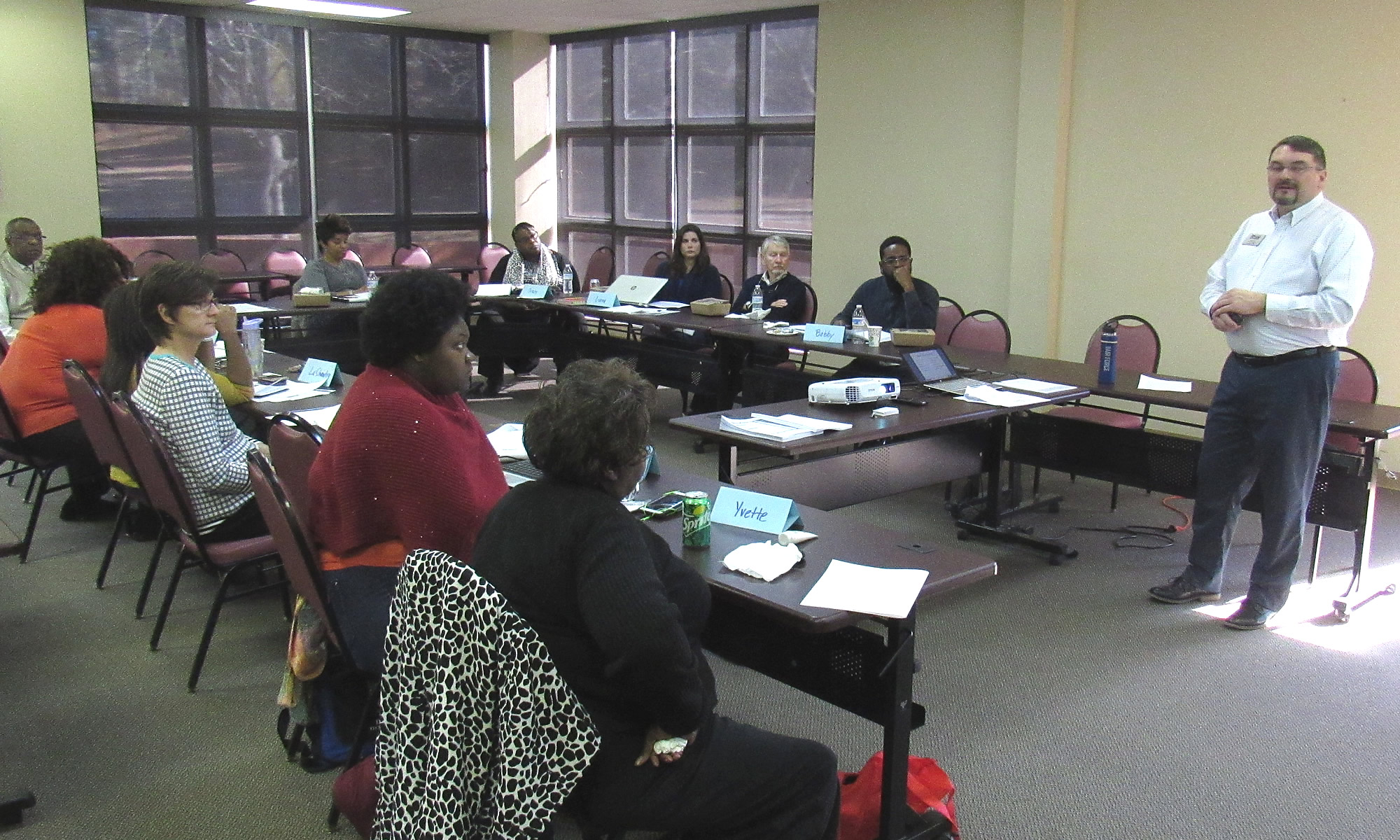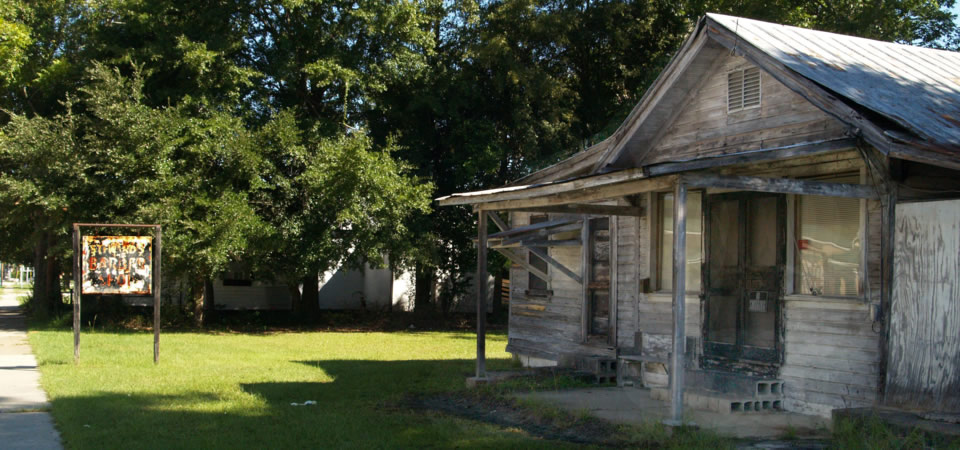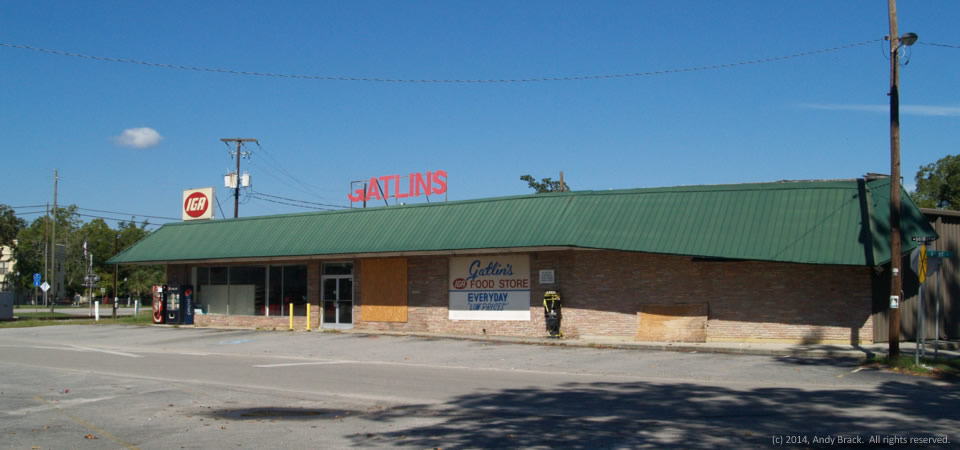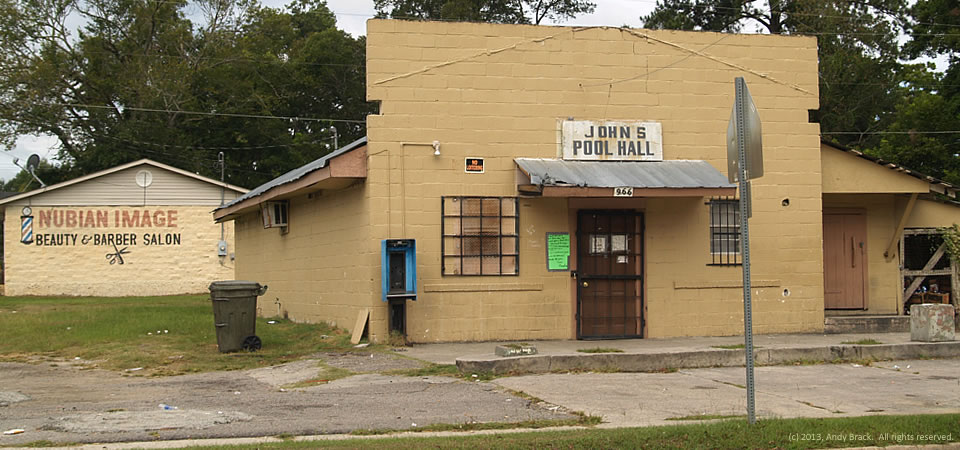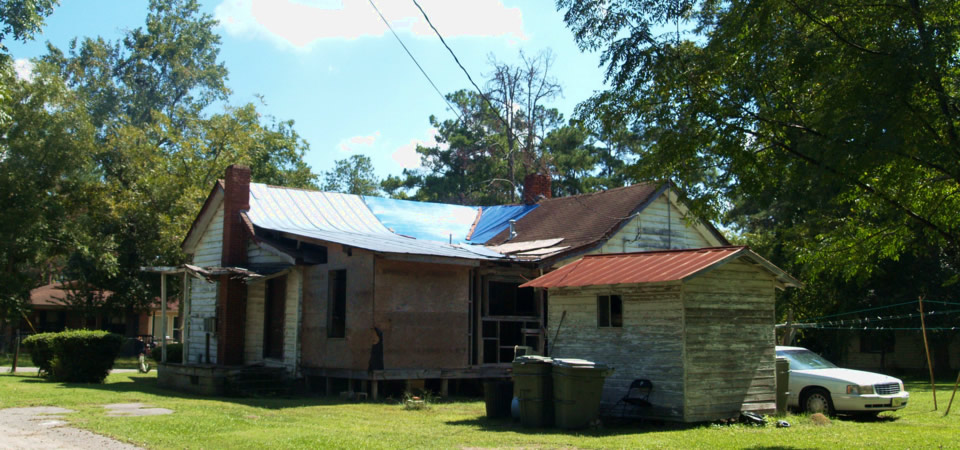
Note the blue tarp on the roof of this dilapidated house on Sumter Street in Fairfax, S.C. The area has a lot of housing that needs improvement, according to those who live in the area and nonprofit officials.
Fairfax, in rural Allendale County, lost about a third of its population by 2010, which it had 2,025 people compared to 3,206 people in 2000, according to Census figures in Wikipedia. Per capita income was $8,940. About 38 percent of the people in the town, which had about two times as many adult males as females, lived in poverty.
Rural Allendale County in South Carolina’s southwest corner as one of the Crescent’s highest poverty rates — more than 40 percent of people live below the federal poverty level. The median household income is about $23,000 a year — half of South Carolina’s average and well below the nation’s $50,000 average.
- More about Allendale County from QuickFacts from the U.S. Census.
- More about Fairfax, S.C. in Wikipedia.
Copyrighted photo by Andy Brack, Oct. 1, 2014. All rights reserved.
